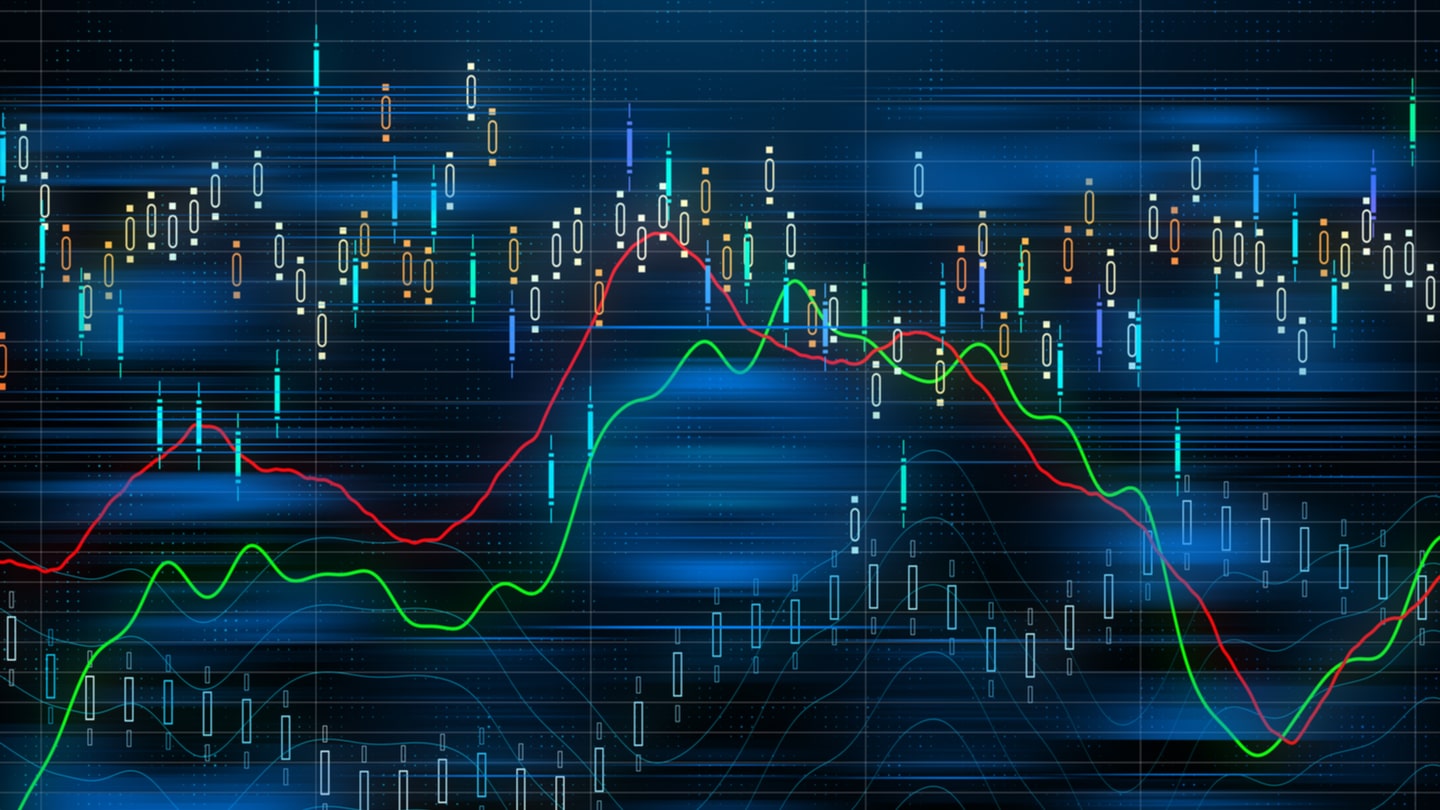The evolution of forex trading from manual to automated systems represents a significant shift in the landscape of financial markets. In the early days of forex trading, the process was a manual one, relying heavily on the trader’s ability to analyze market conditions, make split-second decisions, and execute trades with precision. This method, while foundational, was fraught with challenges, including the limitations of human cognitive processing and the potential for emotional biases to influence trading decisions. Manual trading required traders to stay constantly updated on market news, economic indicators, and geopolitical events that could impact currency values. This relentless need for information and analysis placed a heavy burden on traders, who often had to work long hours to stay ahead of the market. The complexity of the forex market, with its vast array of currencies and its continuous operation around the clock, made manual trading a demanding and often stressful endeavor.
As technology advanced, the forex trading landscape began to change. The introduction of electronic trading platforms marked the beginning of a new era. These platforms offered traders the ability to execute trades more quickly and efficiently, reducing the need for manual intervention. However, it was not until the development of automated trading systems that the true potential of technology in forex trading was realized. Automated trading systems, or algorithmic trading, reliable trading signals revolutionized the industry by allowing traders to set predefined criteria for their trades. These systems use complex algorithms to analyze vast amounts of data and execute trades based on specific strategies, without the need for human intervention. This not only increased the speed and accuracy of trade execution but also removed the emotional aspect from trading decisions. By relying on algorithms, traders could minimize the risk of making impulsive or irrational decisions that could negatively impact their trading performance.

The benefits of automated trading extend beyond mere efficiency. These systems can operate around the clock, taking advantage of market opportunities at any time, including during off-hours when manual traders might be unavailable. This constant vigilance can lead to better trading outcomes and improved overall performance. Additionally, automated trading systems can backtest strategies using historical data to evaluate their potential effectiveness before they are applied in live markets. This feature helps traders refine their strategies and optimize their trading approaches. Moreover, the advent of artificial intelligence and machine learning has further enhanced the capabilities of automated trading systems. These technologies enable systems to learn from market behavior, adapt to changing conditions, and make more informed trading decisions. The integration of AI and machine learning into trading algorithms represents the cutting edge of forex trading technology, offering unprecedented levels of sophistication and adaptability.
